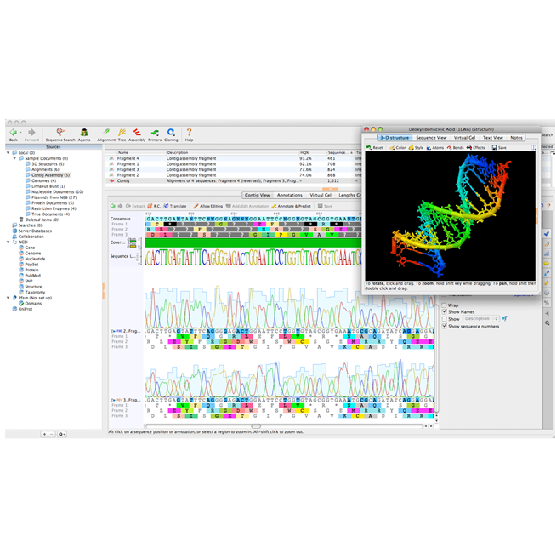



Current aquaculture and marine fish capture processes have significant drawbacks in terms of food safety, depletion of fish stocks, and the environment. Currently, fish support 15% of the global demand for animal protein coupled with a growing population on the planet, the demand for fish is projected to rise further 5. However, due to concerns of overfishing and fish health in natural environments due to heavy metals, pesticides, and plastics, as well as the negative ecological impact of aquaculture, cellular aquaculture, or cell-cultivated fish, is an emerging yet understudied realm of cellular agriculture. Most in vitro cell culture studies for future foods have focused on livestock animals, such as beef cattle 1, 2, 3, 4. In cellular agriculture, which is the production of animal-sourced foods via cell culture, immortalized cells are essential for consistency during large scale production. This work provides the first spontaneously immortalized fish muscle cell line for research, ideally serving as a reference for subsequent investigation.Ĭell culture research on aquatic and marine species is relatively understudied when compared to mammalian cell culture research, with zebrafish as an exception. New qPCR primers ( HPRT, PAX3B, MYOD1, MYOG, TNNT3A, and PPARG) were tailored to the mackerel genome and used to characterize mackerel cell genotypes. An adipocyte-like phenotype was also demonstrated for the cells through lipid accumulation, confirmed via Oil Red O staining and quantification of neutral lipids. A muscle phenotype was confirmed through characterization of muscle stemness and differentiation via paired-box protein 7 and myosin heavy chain immunostaining, respectively. After a spontaneous immortalization crisis from passages 37–43, the cells proliferated at doubling times of 24.3 h (± 4.91 SD). The cells proliferated at initial doubling times of 63.9 h (± 19.1 SD). Mack1 cells (cells from the first isolation) were cultured for over a year and subcultured over 130 times. The cells were isolated from muscle biopsies of fresh-caught fish, with separate isolations performed from two distinct fish. Here, we established and characterized a continuous Atlantic mackerel ( Scomber scombrus) skeletal muscle cell line (“Mack” cells). However, fish cell culture is relatively understudied in comparison to mammalian cells. Cell-cultivated fish offers the potential for a more ethical, sustainable, and safe seafood system.


 0 kommentar(er)
0 kommentar(er)
